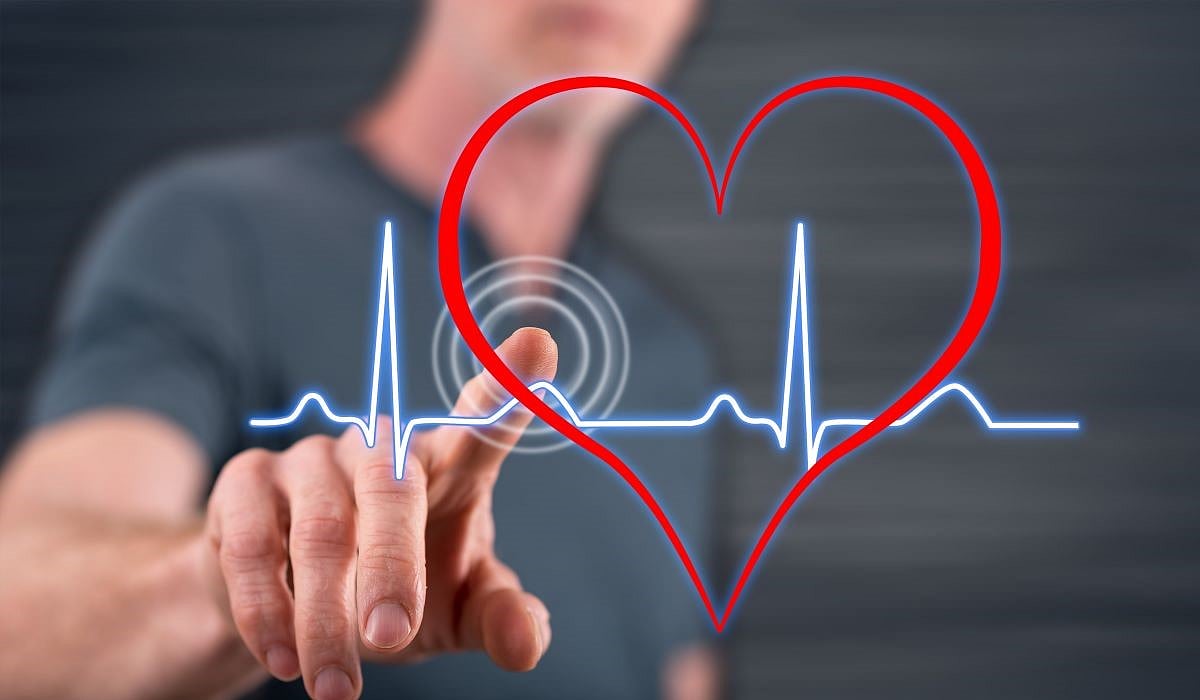Reductions seen in negative affect, craving, and substance use with wearable smart patch
By Lori Solomon HealthDay Reporter
FRIDAY, Oct. 10, 2025 (HealthDay News) — Heart rate variability biofeedback (HRVB) can reduce negative affect, craving, and substance use among individuals in early recovery from substance use disorder (SUD), according to a study published online Oct. 1 in JAMA Psychiatry.
David Eddie, Ph.D., from Massachusetts General Hospital in Boston, and colleagues examined the efficacy of HRVB in the treatment of SUD. The analysis included 115 adults seeking treatment for SUD who were randomly assigned to receive treatment as usual with or without HRVB as a wearable smart patch.
The researchers found that HRVB was associated with significant reductions in negative affect (b, –0.01; z, –3.21) and craving (b, –0.01; z, –4.60) over eight weeks, while the control group experienced increases in both negative affect and craving. There were no differences for positive affect. HRVB was also associated with a significantly lower proportion of alcohol and other drug (AOD) use days (odds ratio [OR], 0.36) compared with control. The within-person relationship between craving and later AOD use was moderated by HRVB treatment (OR, 0.84), with those receiving HRVB less likely to use AOD following craving (b, –0.18).
“The latest HRV biofeedback devices can detect when people are stressed or experiencing cravings, and, using AI, prompt them to do a brief burst of biofeedback,” Eddie said in a statement. “This allows people to get out in front of risk.”
Abstract/Full Text (subscription or payment may be required)
Copyright © 2025 HealthDay. All rights reserved.








